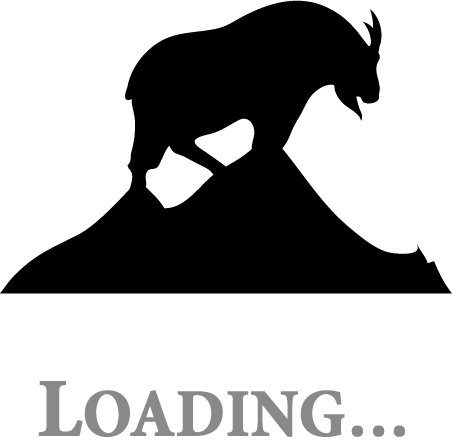Preparing your livestock for emergencies

By Abigail Popple, Local Journalism Initiative Reporter, RMG
Preparing your household for wildfires is a daunting task for anyone, and it gets especially complex if you have crops, livestock and employees to worry about.
To find out more about how producers and livestock owners can prepare for wildfires, The Goat spoke to representatives with the Ministry of Agriculture and Food as well as the BC Agriculture Council.
Preparation is key
The Ministry’s Director of Emergency Management, Graham Knox, emphasizes that preparation is the best defence. He suggests visiting the Province’s webpages on emergency preparedness for producers and how to prepare agriculture operations for wildfire.
Both the BC government and industry organizations, such as the BC Cattlemen’s Association, have online guides that producers can use to create emergency plans tailored to their operation, Knox said.
“The benefit of doing emergency planning is that it can help you for a wide variety of different hazards that might occur,” which include flooding and animal disease along with wildfires, Knox said. “By going through the process and thinking of all the things that are required around emergency planning, you’re better prepared [and] more confident for whatever eventuality impacts your farm or your animals.”
He added that producing a map of your agriculture operation – including information like where drinking water can be found, or where fire hazards like fertilizer are stored – is helpful for emergency responders. When evacuating, some producers leave maps and a copy of their emergency plans in a canister attached to the gate entering their property, according to Knox.
Producers should regularly review their plans and know them inside and out, Knox said.
“What’s really important is that you don’t just build a plan, put it on the shelf, and forget about it,” he said. “Family members or staff or employees that work on your farm or ranch, familiarize them with the plan and ensure everyone knows what their roles and responsibilities are.”
The next step livestock owners should take is registering their animals with Premises ID, the Province’s free, mandatory program that links livestock to a geographic location. Every animal – from bees to cattle to alpacas – should be registered with the program, and producers should update their Premises ID registration every two years, Knox said.
The registration process can be done online or by phone and only takes about 15 to 20 minutes, according to Knox. He said the information is only collected for emergency purposes, and only shared with emergency authorities like BC Wildfire Service and regional districts.
Knowing how many animals are in an evacuated area also helps local governments decide whether to issue temporary access passes, so livestock handlers can re-enter their property to care for animals while under evacuation, he added.
“It helps us support disease control measures, and it can help facilitate rapid evacuation of animals during any natural disaster,” Knox said of the program. “It really can help get people back in and out as quickly as possible.”
He added that producers should implement FireSmart principles on their operations, and prepare for the economic fallout of emergencies. The Ministry of Agriculture has a number of business risk management programs, such as AgriStability, which can support farmers who face a significant loss of income over the year, he said.
Local governments support local needs
While emergency preparedness is the responsibility of producers themselves, local governments are the first line of defence as emergencies unfold. To help governments navigate emergencies in the context of agricultural operations, the BC Agriculture Council began an initiative to provide emergency services training to people with a background in agriculture. Since the program started last year, the initiative has supported over 20 local governments through dozens of producers who can participate in emergency operations centres, says Ken Nickel, who coordinates the Food Security Emergency Planning and Preparedness Fund with the Council.
“Different communities have different levels of history working with agriculture during emergencies,” Nickel told The Goat. “What we are trying to do is capture the past experiences of the experienced local authorities and develop some tools that we then make available to all local authorities and First Nations in the future.”
Each region has different needs depending on the types of agricultural operations, livestock and landscape in the area, which is why it’s crucial for local governments to think ahead about how to manage emergencies in agricultural regions, Nickel added. The program helps facilitate communication between producers and local authorities during emergencies, which helps in tense situations, he said.
“The Province is responding to the increased number of emergencies caused by climate change… what we have experienced from the agriculture side of things is an increasing number of emergency events and an increasing scale of severity of these events,” Nickel said. “We really wanted to promote [producer] preparedness, but also to work better with local authorities and First Nations as they respond to these emergencies.”
Aside from a list of agricultural experts trained in emergency management, the program is also producing a series of emergency planning tools like checklists and templates for local governments which will be launched before the program ends in 2026, Nickel said. After the program ends, the Council will continue building the list of agriculture experts, he added.
According to Nickel, the program has had a positive reception from local governments.
“We’ve had really good participation by local authorities, and they’ve demonstrated quite a bit of interest in helping us develop these tools,” he said. “Everybody has a common objective, which is to successfully deal with an emergency and help people get through it in a way that promotes business continuity, promotes animal welfare, and promotes human safety.”


